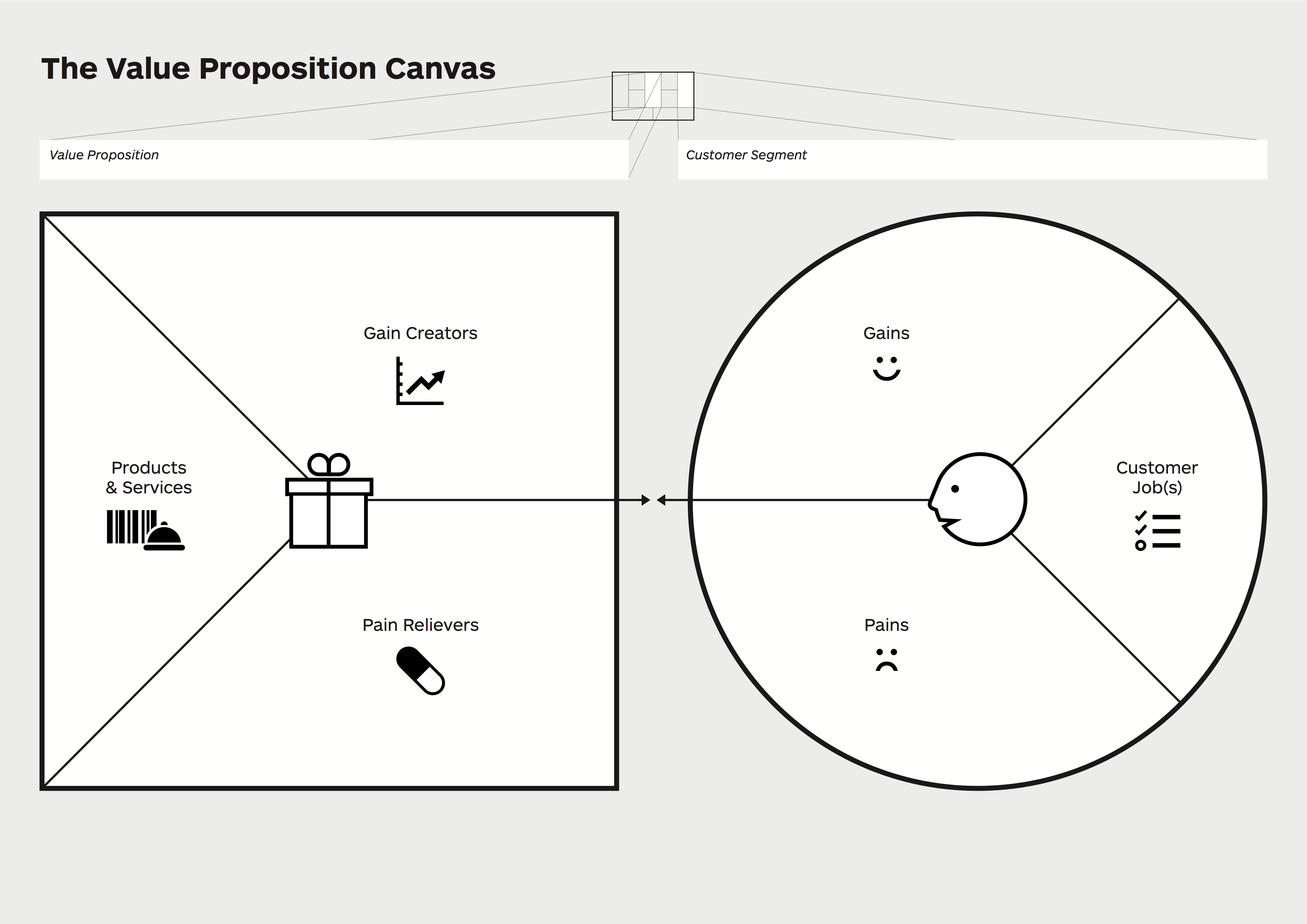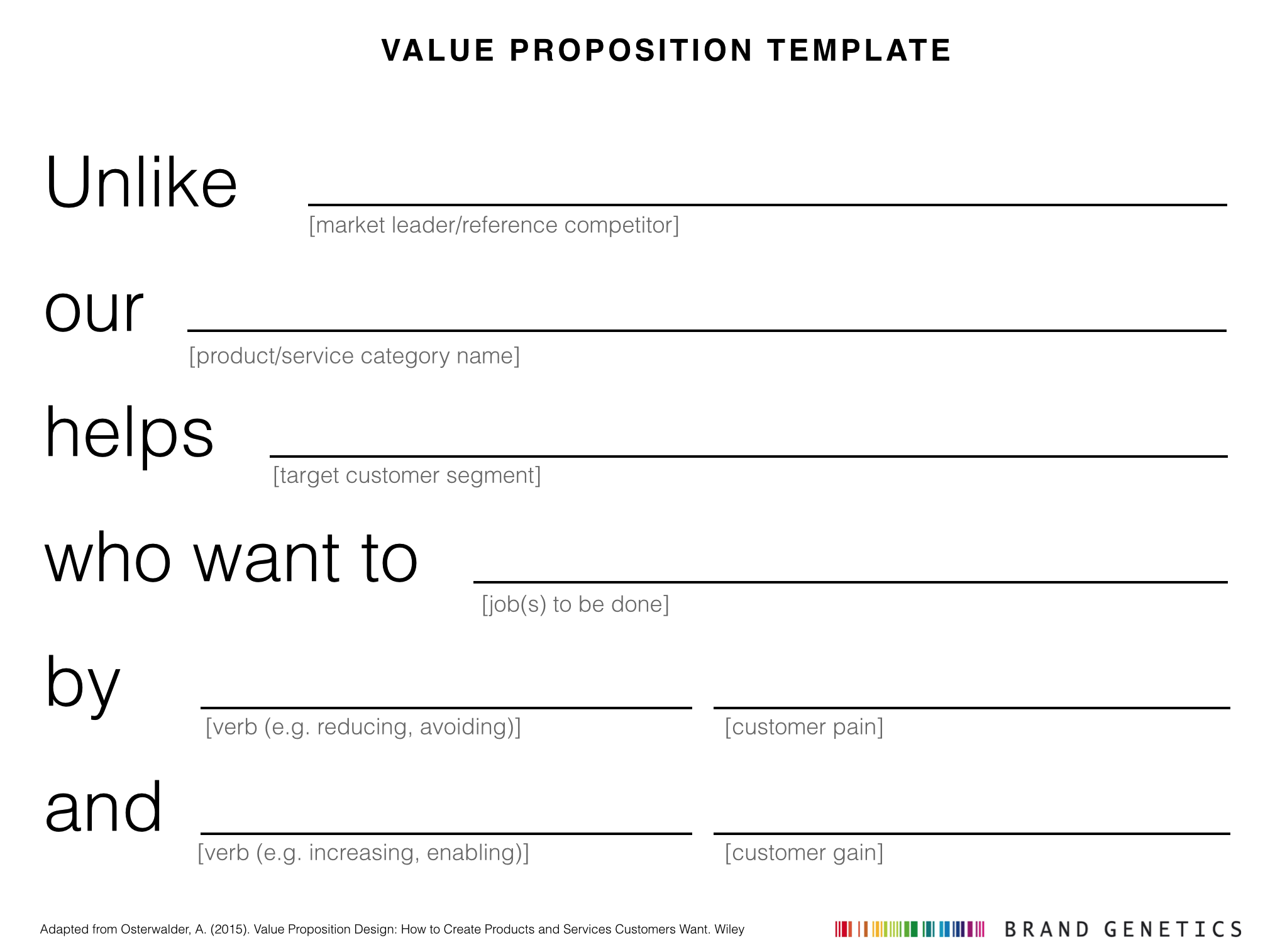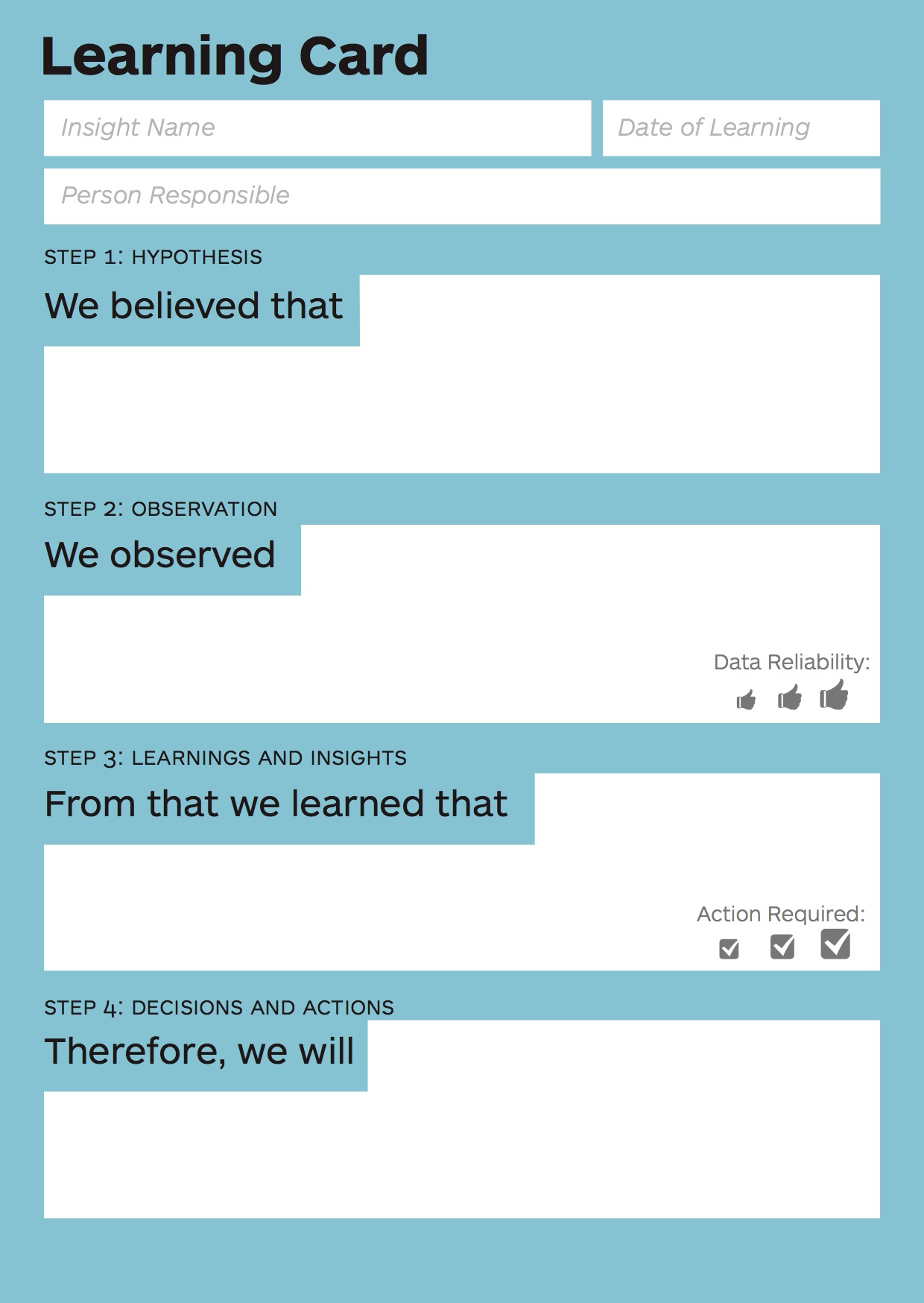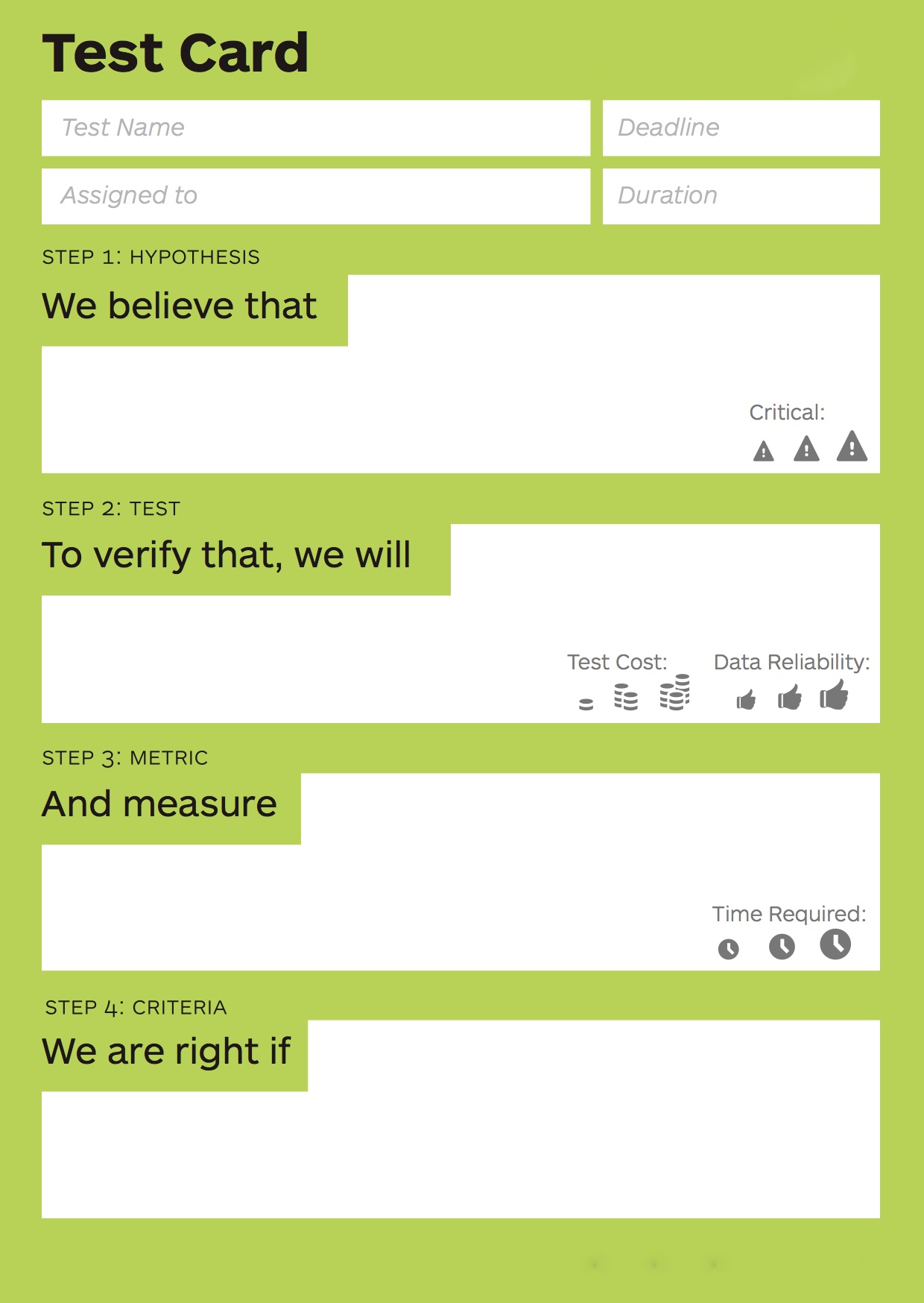Value Proposition Design [Speed Summary]

- Value Proposition Design: How to Create Products and Services Customers Want
- Author: Alexander Osterwalder
- Publisher: Wiley
- Publication date: 2015
What’s your value proposition? How do you add value to consumers’ lives? Value Proposition Design is the new hit framework for innovating products and services that people actually want because they are useful in helping them achieve what they want to achieve. Penned by Alexander Osterwalder, co-creator of the popular Business Model Canvas, Value Proposition Design is not so much a book, but a multimedia set of practical (downloadable) templates and exercises built around a ‘Value Proposition Canvas‘ (VPC) that will help you develop a compelling value proposition capable of winning hearts, minds and wallets.
Value-Based Innovation
There’s no theory in Value Proposition Design, it’s pure application for front-line innovation practitioners. That said, the Value Proposition Canvas is built around a big idea; that successful innovation is all about creating value though utility – helping people achieve what they want to get done in their work and life. It’s not about technology, trends or products; it’s about helping people get stuff done. In other words successful innovation is about creating a fit between the jobs people want getting done and what you sell. In short, Value Proposition Design is about achieving product-market fit. In this vision of value-based innovation, products and services only have value to the degree they assist in helping people get their job(s) done.
The Value Proposition Canvas (VPC)
At the heart of Value Proposition Design is the Value Proposition Canvas, a simple template with made up of two sections that will help you specify a compelling value proposition (and that can be slotted into the Business Model Canvas if desired)

Customer Segment Section (Right hand – fill this out first)
- Customer Jobs – List here the key tasks your target customers have to complete. Think more broadly than functional jobs (e.g. eat healthily) and include social jobs (relationships) – such as looking good, fitting in or exercising power, and emotional jobs (feelings) – such as feeling safe and secure. Rank the jobs to be done by importance.
- Customer Pains – List here the pains people experience in getting their jobs done, pain points that annoy before, during, and after trying to get a job done, including risks of bad outcomes and obstacles to getting a job done. Rank the pains by severity
- Customer Gains – List the gains that people require, expect or desire from getting a job done. These gains may be functional (utility), social, emotional, or financial. Rank these gains by relevance to the target segment
Value Map Section (Left hand)
- Pain Relievers – List here how you could alleviate specific customer pains identified in (2). Pain relievers explicitly outline how you intend to eliminate or reduce some of the things that annoy your customers before, during, or after they are trying to complete a job or that prevent them from doing so
- Gain Creators – List here the ways you could create the customer gains identified in (3). Gain creators explicitly outline how you intend to produce outcomes and benefits that your customer expects, desires, or would be surprised by, including functional utility, social gains, positive emotions, and cost savings
- Product(s)/Service(s) – Finally, list product or service ideas that map to the customer jobs in (1), or in the case of a single product or service innovation project, attributes and features that could help people get their most important jobs done, alleviative the most pain, and create the most gains
Once you have completed the VPC, you’ll have a new value-based understanding of your customers and your innovation opportunities. Together, these will allow you to begin experiment with new value propositions that offer real value, and then prototype those that have the most promise to deliver the most value.

Valuable Value Propositions
Value Proposition Design includes a battery of tests and exercises to create, refine and test your value proposition, but the book also outlines 10 criteria for a valuable value proposition that will create value for consumers, and capture value for you.
Great Value Propositions…
- Focus on the jobs, pains, and gains that matter most to customers
- Focus on unsatisfied jobs, unresolved pains, and unrealized gains
- Target few jobs, pains, and gains, but do so extremely well
- Go beyond functional jobs and address emotional and social jobs
- Align with how customers measure success
- Focus on jobs, pains, and gains that a lot of people have or that some will pay a lot of money for
- Differentiate from competition on jobs, pains, and gains that customers care about
- Outperform competition substantially on at least one dimension
- Are difficult to copy
- Are embedded in great business models
The Brand Genetics Take
We like Value Proposition Design because it forces innovators to focus on the ‘use value’ of what they are creating, and thus assess whether there is a genuine market for a product or service (product-market fit). The VPC is simple to the point of simplistic, but in a world or arcane theory and obscure processes, the Value Proposition Canvas is refreshing in its clarity. Beyond the canvas, we liked a number of practical innovation tools offered to help identify, refine and test value propositions
- Product Box – Invite customers to a workshop. Give them a cardboard box and ask them to literally design a product box that they would buy. The box should feature the key marketing messages, main features, and key benefits that they would expect from your value proposition. This will help you understand your customers’ jobs, pains, and gains and the value propositions they’d like, and what really matters to them
- Speed Boat – Prepare a large poster with a speedboat floating at sea and invite customers to explicitly state the problems, obstacles, and risks that are holding them back from successfully performing their jobs to be done by using the analogy of a speed boat held back by anchors. Ask them to place each sticky as anchors to the boat—the lower the anchor, the more extreme the pain. This will help you identify the most extreme pains holding customers back from completing their jobs to be done.
Likewise, we’ve found the Value Proposition ‘Test Card’ and ‘Learning Card’ to be both elegant in their simplicity, and highly useful in real-life practice. Overall, Value Proposition Design and the Value Proposition Canvas offer a powerful framework for doing value-based innovation. Thoroughly recommended.






